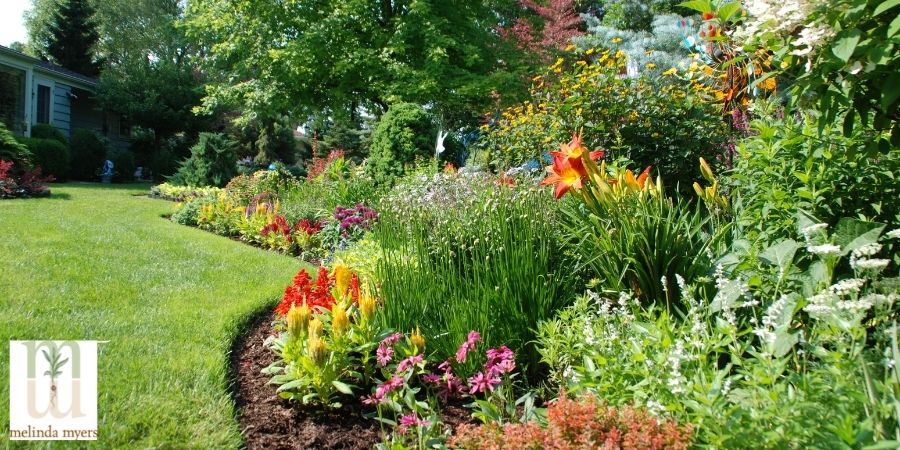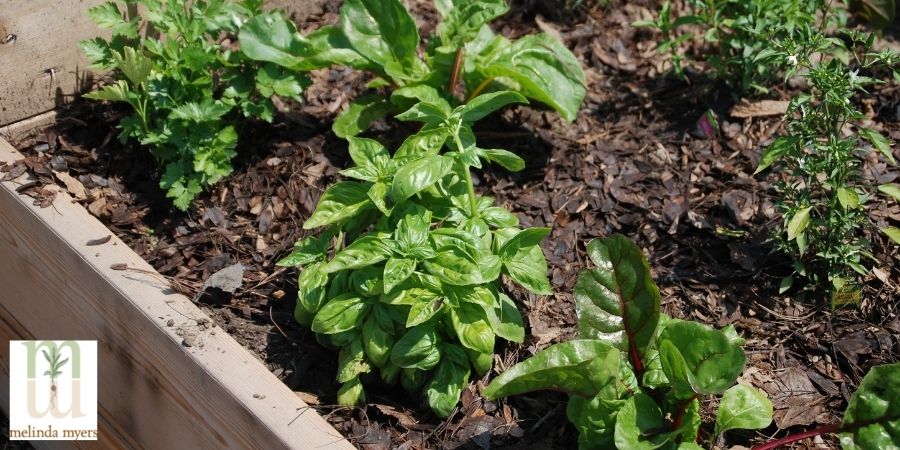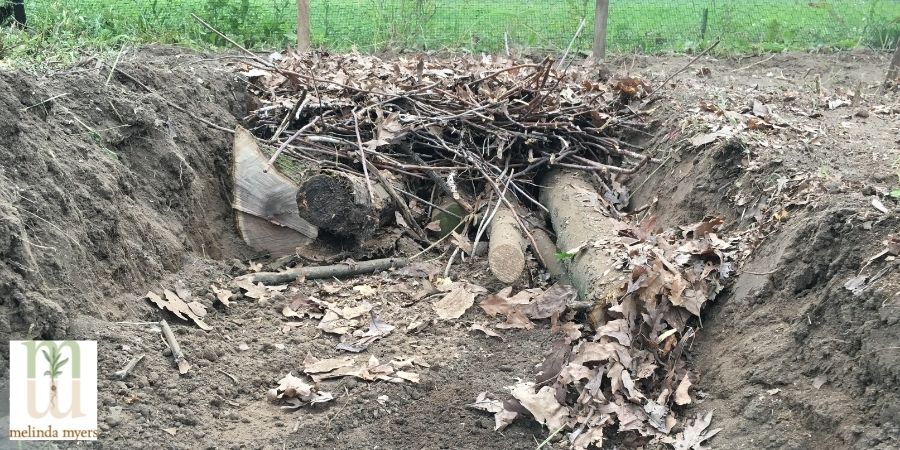Gardening for Beginners
- horticulturist and gardening expertMarch 5, 2022
Welcome to the wonderful world of gardening! You are on a grand adventure working with nature to grow food, ornamental, native, or other types of gardens you desire.
Don’t be intimidated by the fear of failure. Even seasoned gardeners with decades of experience have failed and killed plants. These failures end up in the compost pile and eventually back in the garden as compost. So not a total waste. This is just part of the learning process.
Gardening is easier than you think even for those that feel like “dummies” when it comes to gardening. It starts by evaluating the growing conditions; sunlight, moisture, wind, and soil. Then check the plant tags or plant descriptions to make sure it will thrive in the growing conditions and fit in the available space once it’s fully grown.
How to Select Plants
Even after you have matched the plants to the growing conditions the choices are many. You will find hundreds even thousands of plants for sale online, in catalogs, and at your favorite garden center. These may be listed or displayed in alphabetical order, by plant type, or gathered around an attribute like pollinator or bird-friendly.
Annuals are plants that do not survive the winter or complete their lifecycle from seed to flower and fruit to seed and die in one year. Perennials hardy to your area are plants added to the garden that hopefully return each year for many years to come. Biennials are plants that grow and produce leaves the first year, return to flower then die the second year. Some biennials reseed making them appear perennial in nature while others are sold as plants ready to flower and only survive the first year in your garden.

Cold hardiness refers to the plant’s ability to tolerate the average minimum winter temperature. The lower the zone number the colder the average winter temperature. Find your zone on the USDA Plant Hardiness Zone Map. Match the perennials to your hardiness zones. Cold climate gardeners often treat cold-sensitive perennials that are not hardy to their location as annuals.
Heat tolerance is another factor to consider. Those gardening in hotter regions won’t be able to grow certain plants that require a cold period to thrive or produce the desired fruit. All gardeners may not be able to grow certain plants that are unable to tolerate the summer heat in their location. Adjusting the planting times that are better suited to the heat-sensitive plants is sometimes another option, like planting lettuce, that likes is cool, during the cooler months of spring and fall.
The length of the frost-free (growing) season also influences the plants you can grow. The plant tag and seed packets often tell the number of days from planting to flowering or harvest. Compare this to the number of frost-free days in your area when selecting plants for the garden.
Once you start narrowing down the choices you will want to match the care the plants need with the time you have or want to spend tending your gardens. Like many of you, I am very busy and prefer plants that thrive with benign neglect. I provide the needed TLC while new plantings become established then intercede on an on-needed basis. If you love to water, groom, and regularly tend your plants you can grow those that require more maintenance. Matching the plants to your style and the growing conditions is the secret behind gardening.
How to Improve Your Soil
Another important step in gardening success is building a healthy foundation for your plants. Most of us start with less-than-ideal soil and need to amend what we have or create raised beds.
Incorporating several inches of compost, aged manure, or other organic matter into the top 8 to 12 inches of soil will create a great foundation for your plants. Organic matter improves drainage in heavy clay soils and increases the water-holding ability of fast-draining soils.
Improving the soil with cover crops, mulch, and other no-till methods is another option. This takes more time to improve the soil and is usually started the year prior to planting.
Types of Gardens to Create
Creating your own or purchasing ready-to-install raised bed planters is another option. Use interlocking blocks, long-lasting wood, or composite plastic-wood fiber materials to create your raised beds. These materials hold the planting mix in place and elevate the garden bed making gardening easier on the back and knees. Select the material that fits your design and gardening goals.These can be filled with a blended planting mix you purchase or soil you create with lasagna or hugelkultur gardening.

Basil in a raised bed garden
Lasagna and hugelkultur gardening are variations of composting that turn plant trimmings into a wonderful planting mix. I have created these types of gardens and planted them immediately. Or you may opt to create these types of raised beds in fall when the raw materials are more readily available than plants in spring.

Create your Hugelkultur garden on the soil surface or start it in a trench. I started mine below ground since I have fast-draining sandy soil and very windy conditions.
Straw bale gardening is another way to create a raised bed. The bale is treated to start the center composting. You end up with a raised bed and compost for planting. You can allow the bales to stand on their own or dress them up and contain the process by placing them in a raised bed structure.
How to Maintain Your Garden
Make sure the new plantings receive sufficient water. Keep the soil slightly moist for the first few weeks as the roots begin exploring the surrounding soil. Gradually reduce the frequency and be sure to water thoroughly encouraging deep and drought-tolerant roots.
Mulching the soil to conserve moisture, suppress weeds and improve the soil as the organic mulches break down. Spread a layer of leaves, pine straw (evergreen needles), or other organic mulch over the soil surface after planting.
Incorporating Milorganite, a low nitrogen slow-release fertilizer, in spring when preparing the soil or just before planting is a great way to reduce ongoing maintenance. This fertilizer releases small amounts of nutrients over a 6 to 8 week period encouraging balanced above- and below-ground growth. Plus it contains 85% organic matter helping improve the soil. You’ll only need a second application, a couple of months later and only if needed.
Regularly visit your garden and pull weeds as they appear. Weeds compete with your garden plants for water and nutrients. These unwanted plants often serve as hosts for insects and weeds increasing the risk to your garden’s health. Regular weeding helps you and the garden from becoming overwhelmed by hundreds of weeds to be removed.
Check for insects and signs of disease when visiting your garden. Physically removing diseased leaves and small populations of insects is often enough to manage the problem. Do your research before implementing control. Tolerating damage and waiting for nature to manage the problem is often the best solution.
With each season you will gain more gardening knowledge and confidence. There is always more to learn and new challenges to overcome; but best of all, you’ll experience lots of joy when watching your garden grow, creating a bouquet from your flowers, or eating garden-fresh vegetables.

